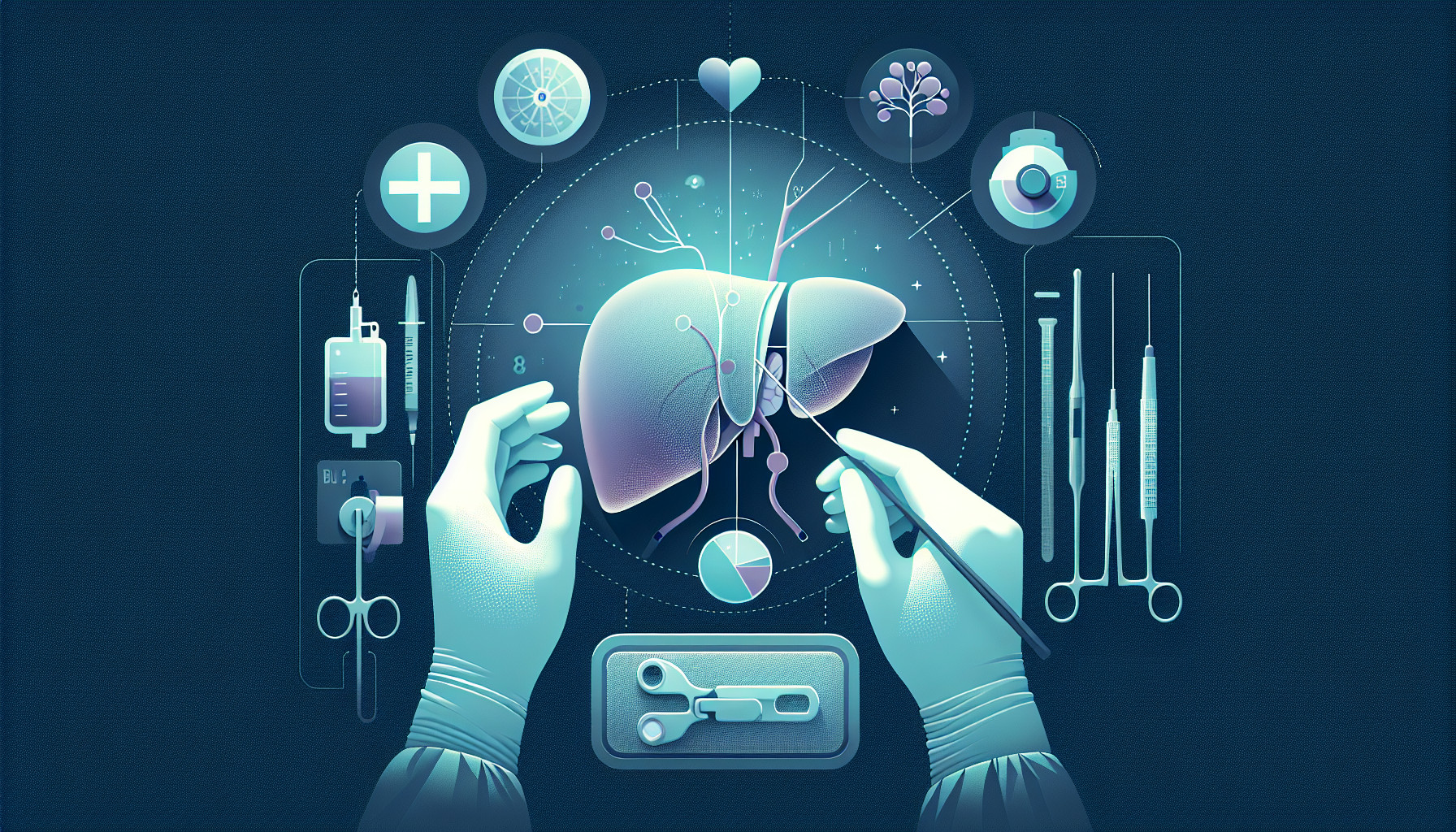Our Summary
This research paper discusses how liver disease in children can negatively impact their growth and development. It suggests that measuring a child’s body composition before and after a liver transplant could help doctors create more personalized nutrition therapies. The paper reviews existing studies on body composition in children who have had liver transplants and discusses different methods for measuring body composition.
Many children with liver disease are malnourished before they receive a transplant due to the disease disrupting their body’s metabolism. However, this malnutrition isn’t always diagnosed. Within a year of receiving a transplant, most children gain weight and grow taller quickly. But in some cases, children become obese or develop sarcopenia (a disease that causes muscle loss) after their transplant.
The paper goes on to discuss different tools used to measure body composition in adults and notes that there are few studies that have used these tools in children who have had liver transplants. Some of these tools include air displacement plethysmography, dual-energy x-ray absorptiometry, bioimpedance, and ultrasound. Another method, total body potassium, has been used in both adults and children after a liver transplant, but it’s not practical for use in a clinical setting.
In conclusion, the paper suggests that understanding a child’s body composition after a liver transplant could help doctors diagnose and treat malnutrition more effectively.
FAQs
- How does liver disease in children affect their growth and development?
- What are some of the tools used to measure body composition in children who have had a liver transplant?
- Why is understanding a child’s body composition after a liver transplant important in diagnosing and treating malnutrition?
Doctor’s Tip
For pediatric liver transplant patients, it is important to monitor their body composition before and after the transplant to ensure proper growth and development. Make sure to follow up with your healthcare team regularly and discuss any concerns about nutrition or weight gain post-transplant. By staying proactive and informed, you can help optimize your child’s health and well-being after a liver transplant.
Suitable For
Pediatric liver transplant is typically recommended for children who have end-stage liver disease, acute liver failure, metabolic liver disorders, or liver cancer. These conditions can be life-threatening and may require a liver transplant to improve the child’s quality of life and chances of survival. Children who have failed conventional treatments for liver disease, such as medication or surgery, may also be recommended for a liver transplant.
Additionally, children who have complications from liver disease, such as severe jaundice, ascites (fluid buildup in the abdomen), or hepatic encephalopathy (brain dysfunction due to liver disease), may be considered for a liver transplant. These complications can significantly impact a child’s health and well-being, making a liver transplant a necessary treatment option.
Overall, pediatric liver transplant is recommended for children who have severe liver disease that cannot be effectively managed through other treatments. It offers a chance for these children to live a healthier and longer life, free from the debilitating effects of liver disease.
Timeline
Overall, the timeline of a patient before and after a pediatric liver transplant can be summarized as follows:
Before transplant: Children with liver disease may be malnourished due to disruptions in metabolism. Malnutrition may go undiagnosed, leading to further complications.
During transplant: Children undergo the transplant surgery, which aims to replace the diseased liver with a healthy one.
After transplant: Within a year of receiving the transplant, most children experience rapid weight gain and growth. However, some may develop obesity or sarcopenia.
Post-transplant care: Doctors may use various tools to measure body composition in children who have had a liver transplant, such as air displacement plethysmography, dual-energy x-ray absorptiometry, bioimpedance, and ultrasound. These measurements can help doctors create personalized nutrition therapies to ensure the child’s optimal growth and development.
By monitoring and addressing changes in body composition after a liver transplant, healthcare providers can better support the long-term health and well-being of pediatric transplant recipients.
What to Ask Your Doctor
Some questions a patient should ask their doctor about pediatric liver transplant include:
- How will the liver transplant affect my child’s growth and development?
- What are the potential nutritional challenges my child may face before and after the transplant?
- How will you monitor my child’s nutritional status before and after the transplant?
- Are there specific dietary guidelines or nutrition therapies my child should follow post-transplant?
- How can we ensure my child is receiving adequate nutrients to support their recovery and growth?
- What tools or methods do you use to measure my child’s body composition before and after the transplant?
- How often will you assess my child’s body composition and nutritional status?
- What are the potential long-term effects of the transplant on my child’s body composition and overall health?
- Are there any specific interventions or treatments that can help prevent obesity or muscle loss in my child post-transplant?
- Are there any support services or resources available to help my child maintain a healthy body composition and overall nutrition post-transplant?
Reference
Authors: Perteet-Jackson AD, Earthman CP, Larson-Nath CM. Journal: Nutr Clin Pract. 2021 Dec;36(6):1173-1184. doi: 10.1002/ncp.10601. Epub 2020 Nov 26. PMID: 33242232
